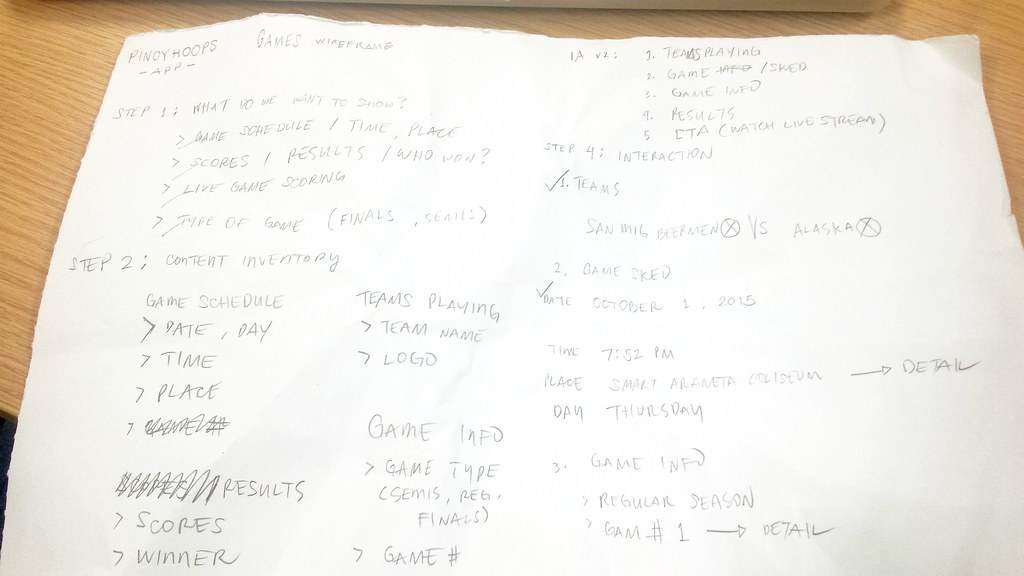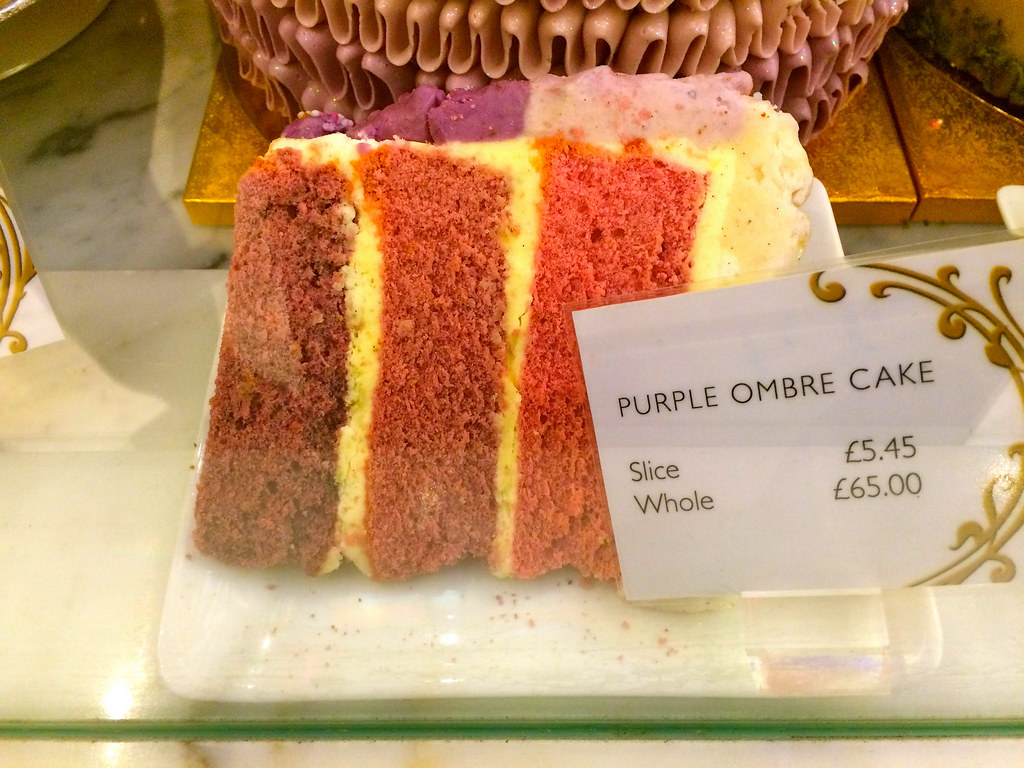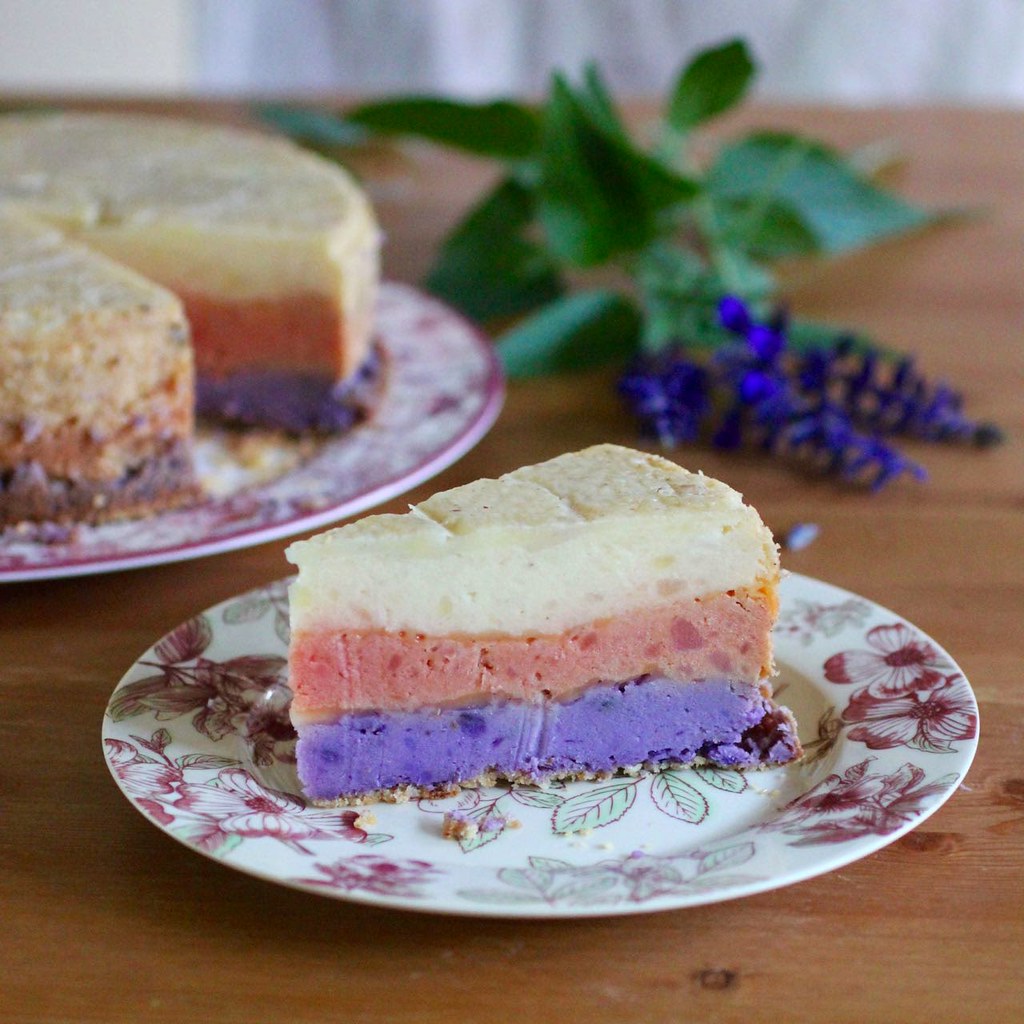I had the privilege of sharing about Organic Growth and UX with the IdeaSpace 2017 startups. This was a meetup event by Voyager DX (digital transformation).
Presentation Notes
Introduction
First of all, congratulations to all of you, IdeaSpace startups in being part of this very helpful and enabling organization.
I am also thankful to be part of IdeaSpace 2016 as the designer for Aboo (an audiobook platform).
Let me introduce myself.
- You may call me Dys
- Here in Voyager, we have products both for the consumers and for the enterprise, for startups like yourselves
- I and my team lead the user interface design of products in the digital customer engagement department
- I started out my career focusing on the creative aspect of design
- Designing for digital products that serves Voyager’s clients and our clients’ customers enabled me to widen my focus to include the user experience aspect of design
Let me share with you some insights on how you could leverage on UX improvements to foster organic growth within your startups.
I would be mentioning the words “users”, “audience”, and “customers” quite often. Please note that I might use them interchangeably while simply pertaining to the group of people that you serve or wish to serve.
What is User Experience?
- User Experience or UX as a design principle simply means putting your users at the forefront of your business
- In the decisions you make in your business, you always consider helping them achieve their goals in using your products and services
- Your users are also your customers. They are the lifeblood of the business.
- Needless to say, improving user experience also improves the business.
What is organic growth?
What is organic growth?
- Organic growth is focusing on your current strengths and making it stronger
- Organic growth is leveraging on your current success
- What you are now, what you have now, you work on it and make it better
What is organic growth?
- If currently you only have 3 Facebook followers, there’s nothing else to do but to grow it to your desired number
- Of course, for it to be organic in the most organic sense, the growth must come from the satisfaction and happiness of your customers
Now that we’ve defined UX and Organic Growth, the question is:
Could you drive organic growth thru UX improvements?
Yes, of course.
Let me share with you these 4 simple practices of UX improvements.
4 Simple Practices of UX improvements
1. Cohesive look & feel
Question: who among you have Facebook pages or communities for your startups?
How about Twitter?
Instagram?
How about websites?
—
It is common for businesses to be where most of the people are.
You are present in those different channels and platforms.
It is important to have a cohesive, unified look & feel in all of those channels and platforms.
1. Cohesive look & feel
The look & feel is the aspect of your brand that appeals to the senses.
It includes but not limited to your
- Logo and banner
- the colors, typography, and layout that you use in your designs
- the tone of voice that you use in communicating with your audience
Things that your brand exudes and your audience perceive is the look & feel.
How do you look or appear in their perception?
How do you make them feel?
Be cohesive.
It will strengthen your sense of identity with your audience.
2. Clear Call-to-Action
It’s a given. We are present and active in multiple channels and platforms.
We constantly exert effort in maintaining a role in our customers’ lives – some, more active than others.
The messages that we send out to our audience could be more effective if there’s a clear call-to-action.
This is true especially for messages with marketing intent.
2. Clear Call-to-Action
- A clear CTA directs your customers to the most important thing that either you want them to do or they want to do
- In a way, it is a means to help your customers get from point A to point B in the fastest and easiest way possible
2. Clear Call-to-Action
Let’s take a look at an example of what a clear call-to-action looks like.
This is WeAreVamos.com.
Vamos is a local boutique brand that started 4 years ago with a 4-model line-up of socks and now has a wider product range and is retailing in 100 shops in 4 countries.
—
There are only two things to do in this website.
- Shop Now (the CTA)
- or shop later
The call-to-action hits the nail on the head by being both
- the action the business wants its customers to do and
- the shop is probably what most customers are looking for when they went to the site
Because of the clear CTA, the customers could immediately begin accomplishing what they intend to do
2. Clear Call-to-Action
Having a clear CTA is just the start.
It’s important to note that what lies beyond the CTA must be what your customers expect to see.
In this case, the e-commerce shop.
—
A big part of Vamos’ success lies in leveraging Tackthis as its e-commerce platform.
Tackthis streamlines the operational processes so that the business owners of Vamos could focus more on product development.
3. Consistent Branding
- Branding is more than the look & feel
- Branding goes to an extent that it personifies your relationship with your customers
- And being consistent in your actions and responses is a sure way to develop this relationship into a stronger one
3. Consistent Branding
Where should you be consistent?
If you’re present in different channels like websites and search engine assets:
- Be consistent in bringing and showing up-to-date information
- Users love not getting frustrated
- So that contact number should have an answer waiting on the other line
In social media:
- Be consistent in being active in your engagements with your audience like reacting to their posts
- When you post a message, follow-up on the inquiries in the comments section
And in general:
- Be consistent in being responsive to questions, comments, and even complaints of your customers
- Let your customers feel that they are being heard
A consistently active and responsive brand exudes trustworthiness.
Your customers know they can count on you.
4. Own Audience
Cohesive look & feel, clear call-to-action, consistent branding…
These could all make your users happy but
Remember to also build an audience on your own turf.
- Social networks are like rented spaces
- Facebook and Instagram could change their rules and worse, they could, one day, close down their businesses
- Then you might lose control of everything that you’ve built on top of these platforms
4. Own Audience
- In this regard it is important that you have also grown your audience within a platform that you own, within a platform whose control is solely yours
- This will ensure that your engagement with them will not be interrupted by uncontrollable factors
- Investing in your own platform may simply mean
- having your own website or
- having your own e-commerce shop
- these are indispensable strategies in the digital age
- Serving your own information and content and
- Having your audience subscribe to email updates are some of the ways to grow your audience in your own platform
- All these, of course, with the support of social networks
4. Owned Audience
Being in your own platform is just the start.
Reaching and keeping your intended audience comes next.
—
This is Philippine Airline’s own platform – a mobile app.
The time came when they needed to grow their mobile app users.
So they partnered with us thru our customer engagement platform, Freenet.
—
Freenet enables your websites and apps to become more accessible to your intended audience thru its Sponsored Data technology.
Partnering with Freenet has helped PAL increase their mobile app visits from 660,000 to almost 2 million in just 6 months – a 190% growth. This translates to a 140% increase in their mobile app usage.
—
Let’s have a recap.
Having these 4 simple practices of UX improvements (a.k.a. making customers happy) are sure-fire ways to foster organic growth in your company – especially if you’re a rising star in the startup industry.
Thank you for your time.
More power to your startups.



